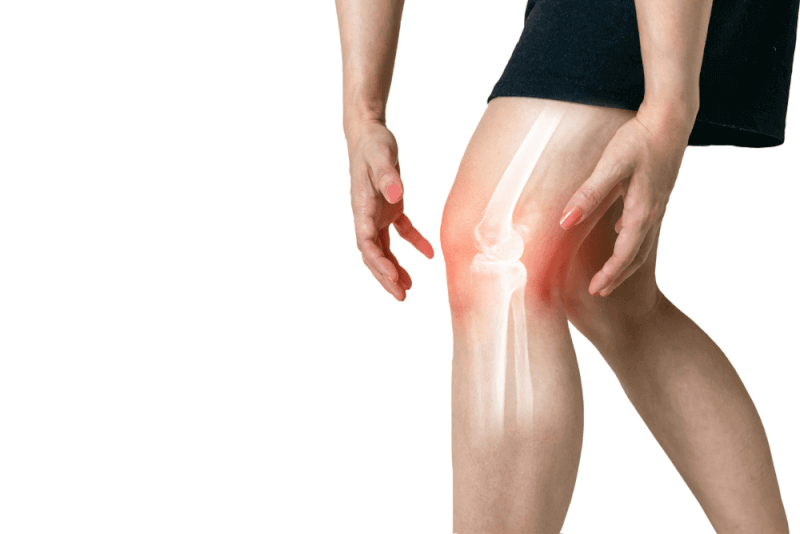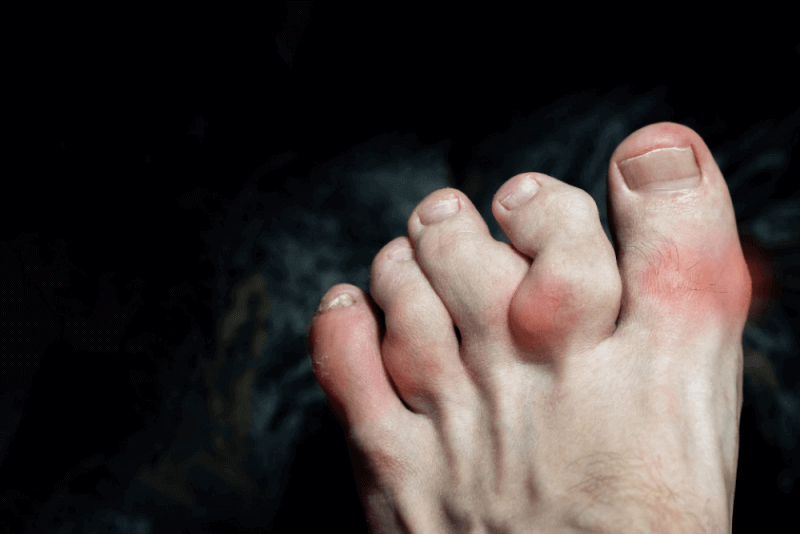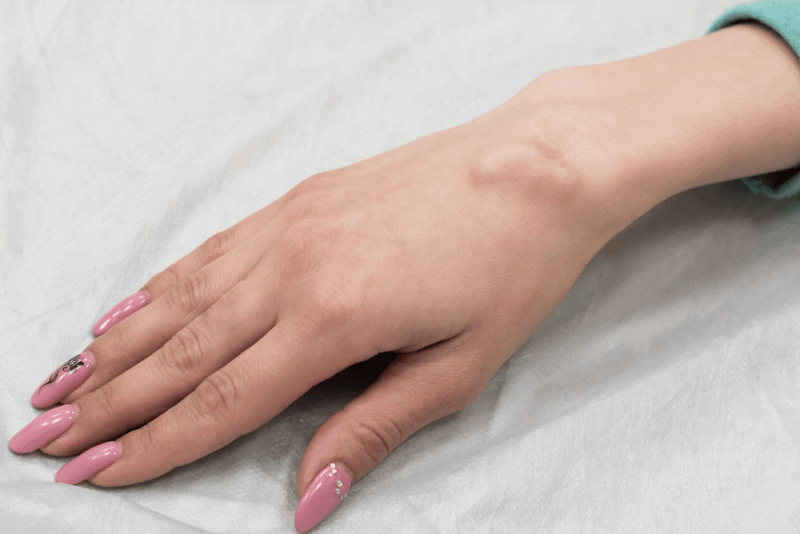What is Bone Inflammation (Osteomyelitis)?
Bone inflammation, also known as osteomyelitis, is caused by fungi and bacteria. It occurs when the soft tissue inside the bones, called bone marrow, swells and causes pain due to pathogens.
Infections reach the bones through the bloodstream. Bone inflammation is more common in people who smoke, have diabetes, or kidney failure. If untreated, it can lead to a loss of blood supply to the bone.
Types of Bone Inflammation (Osteomyelitis)
The types of bone inflammation include the following:
Acute Bone Inflammation (Osteomyelitis)
Acute bone inflammation is characterized by sudden infections, with pain occurring in the affected area days after a fever.
Chronic Bone Inflammation (Osteomyelitis)
Chronic bone inflammation persists despite treatment. It causes recurring pus along with bone pain. In rare cases, symptoms may disappear, but the infection can remain for years.
Vertebral Bone Inflammation (Osteomyelitis)
Vertebral bone inflammation affects the spine, causing worsening pain with movement. Pain relievers, rest, and heat have no effect. Fever is rare. This type is often seen in nursing home residents, intravenous drug users, and dialysis patients.
Causes of Bone Inflammation (Osteomyelitis)
Bone inflammation is often caused by the Staphylococcus bacteria, commonly found on the skin and in the nose. Pathogens can reach the bone through various means, including:
Blood Circulation
Infections in other parts of the body can travel through the blood to a weak spot in the bone, causing an infection.
Injury
Severe injuries and punctures can allow pathogens to reach deep into the body. Open fractures also carry a risk of bone infection.
Surgery
Surgeries to replace joints or repair fractures can result in direct contamination.
Risk Factors
Bones are generally resistant to infection, but they become more vulnerable with age. Factors that increase the risk of bone infection include:
- Severe bone fracture
- Deep puncture wound
- Animal bites
- Ingrown toenails
- Surgeries to repair broken bones
- Poor blood circulation
- Poorly controlled diabetes
- Peripheral artery disease
- Sickle cell disease
- Dialysis machine tubing
- Urinary catheters
- Intravenous tubes
- Conditions that weaken the immune system
- Illegal drugs
Symptoms of Bone Inflammation (Osteomyelitis)
Symptoms of bone inflammation can include:
- Fever
- Fatigue
- Swelling in the infection area
- Redness and warmth in the infection area
- Pain in the infection area
In some cases, no symptoms are present. Sometimes, symptoms can be difficult to distinguish from other diseases, especially in infants and the elderly.
Diagnosis Criteria for Bone Inflammation (Osteomyelitis)
Bone infections are primarily diagnosed through physical examination, where the affected area is checked for redness. Additional tests and imaging methods may also be used to confirm the diagnosis.
Blood Tests
An increase in white blood cell count in blood samples indicates an infection. The type of pathogen causing the infection can also be identified. However, blood tests alone are not sufficient for a diagnosis.
Imaging Tests
Imaging methods are used to assess bone damage and how surrounding tissues are affected. These methods include:
- X-ray
- MRI
- CT
Bone Biopsy
A bone biopsy is used to identify the microbe causing the infection, allowing for the selection of appropriate medications. Open biopsy requires anesthesia and surgery to access the bone.
Treatment Methods for Bone Inflammation (Osteomyelitis)
Treatment options depend on the severity of the bone infection and include:
Drainage of the Infected Area
The infected area is surgically opened and drained of pus.
Removal of Diseased Bone or Tissue
In a procedure called debridement, the diseased bone tissue is removed as much as possible. A small amount of healthy bone tissue may also be removed to ensure all infected areas are eliminated. Surrounding tissues showing signs of infection may also be removed.
Restoration of Blood Flow to the Bone
After debridement, the empty spaces are filled with tissue taken from the body to restore blood flow.
In some cases, tissue must heal before a bone graft can be applied. Temporary fillers are placed in the area during this time. The graft helps repair damaged blood vessels and supports bone formation.
Removal of Foreign Materials
In some cases, a second surgery is required to remove surgical plates or fillers from previous operations.
Amputation
If the bone infection cannot be treated, the limb may need to be amputated.
Medication
Once the microbe causing the infection is identified through a bone biopsy, antibiotic treatment is started. A 6-week course of antibiotics is usually recommended. In severe cases, antibiotics are administered intravenously.
Complications of Bone Infection
Complications arising from bone marrow infections include:
- Bone death (osteonecrosis)
- Septic arthritis
- Growth impairment
- Skin cancer








